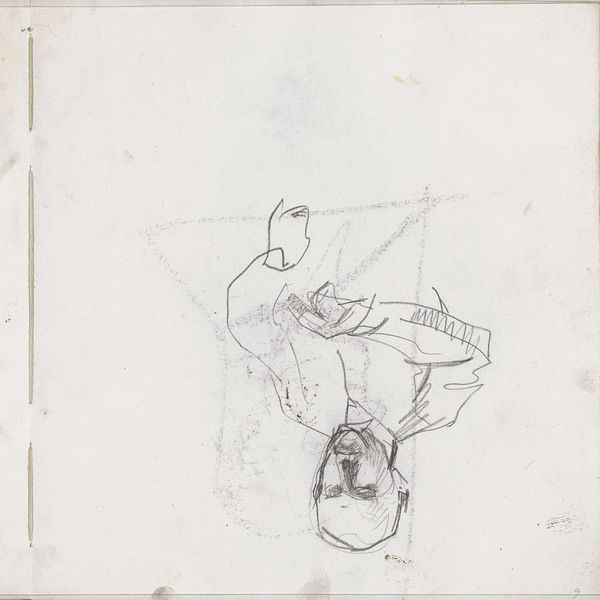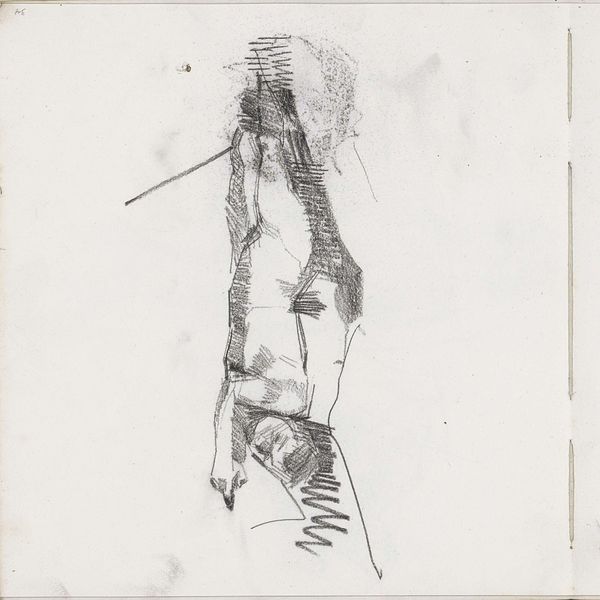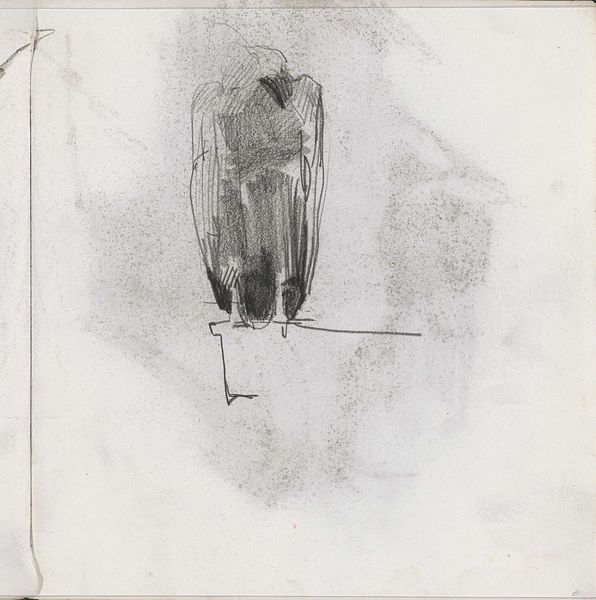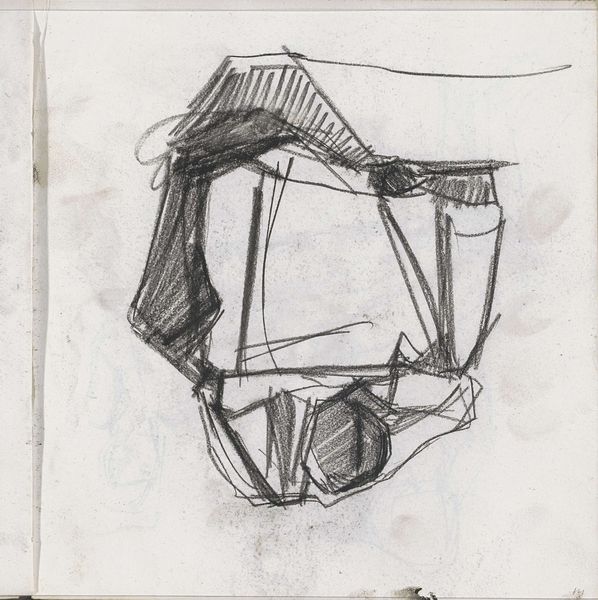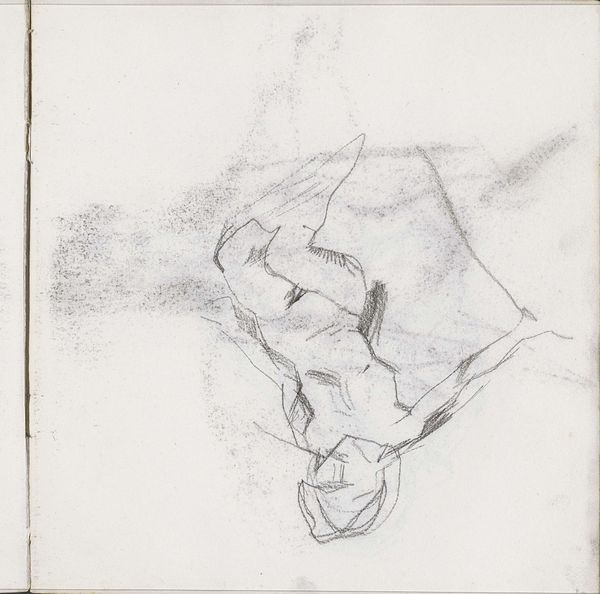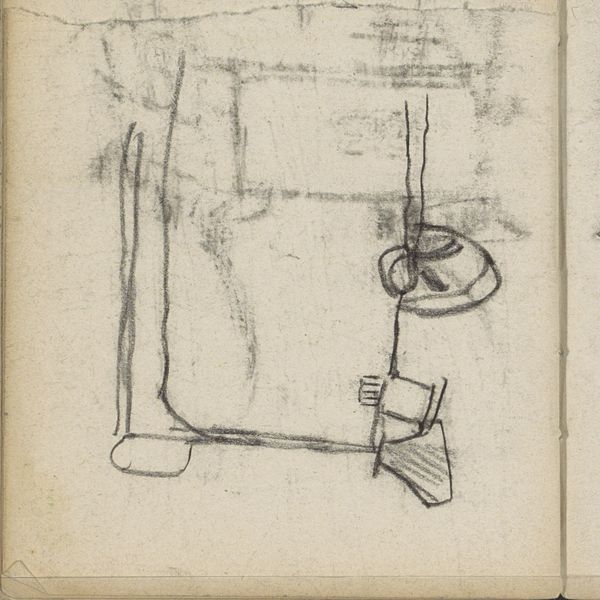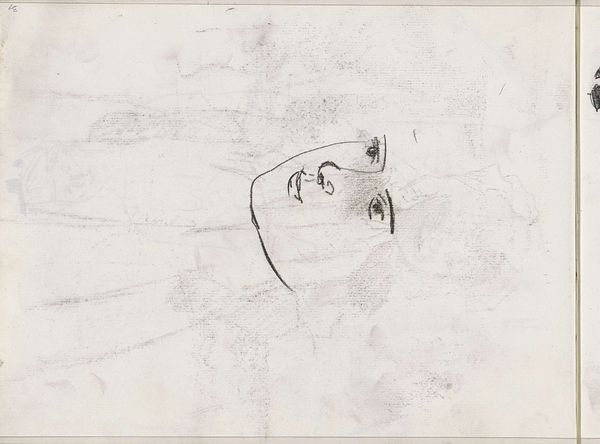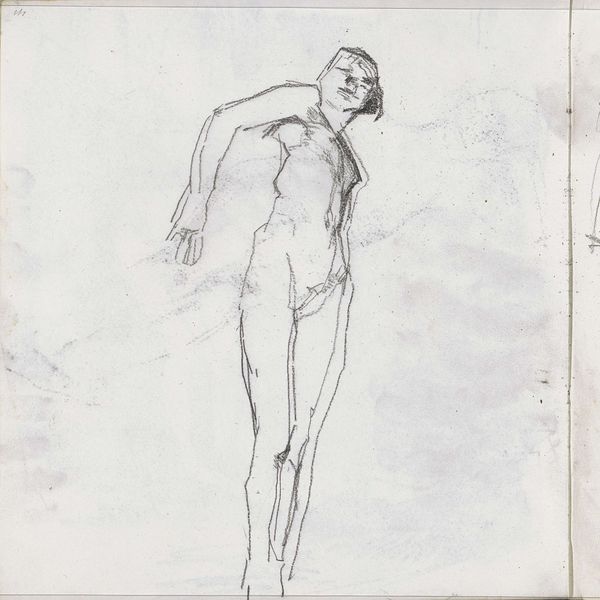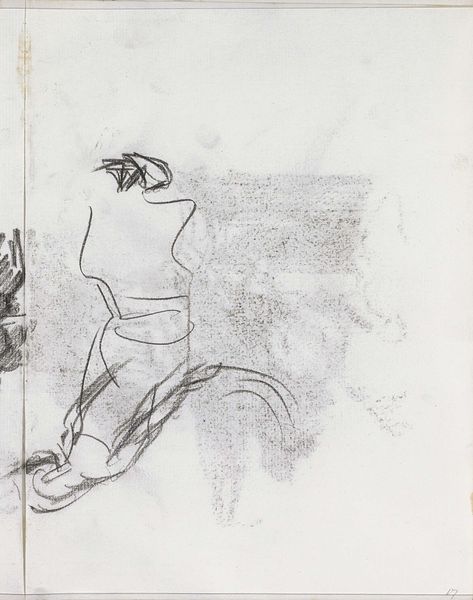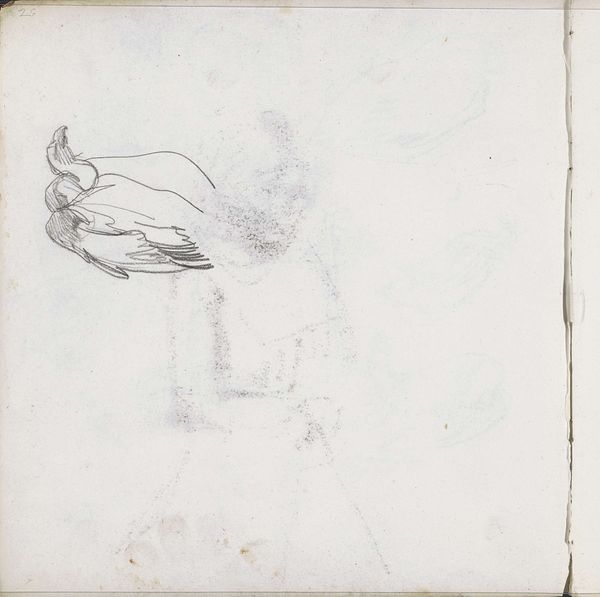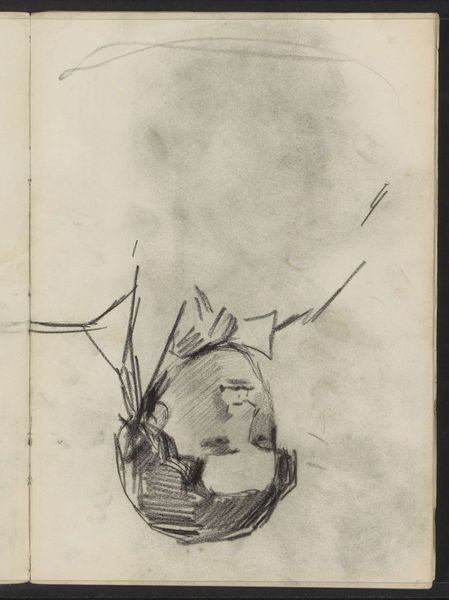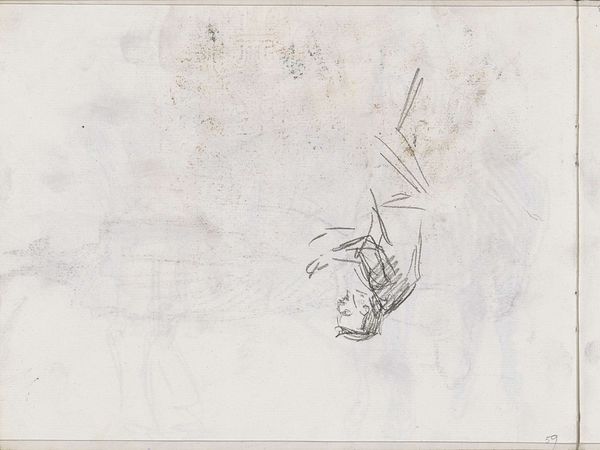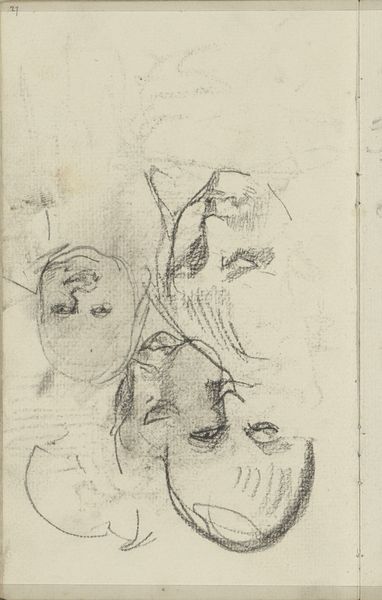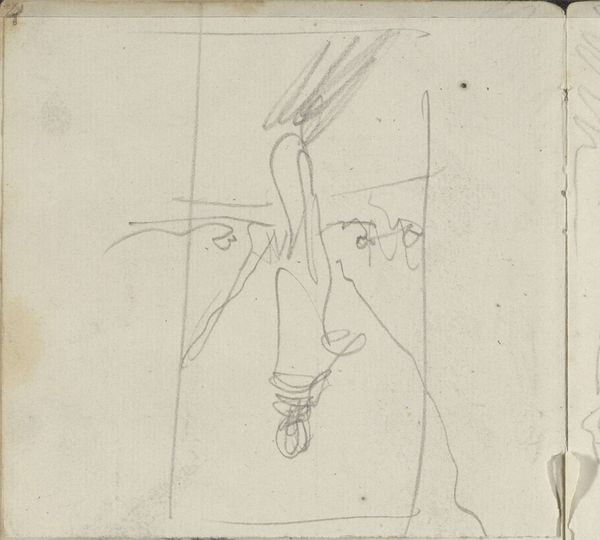
drawing, pencil, graphite
#
portrait
#
drawing
#
imaginative character sketch
#
light pencil work
#
quirky sketch
#
pencil sketch
#
figuration
#
form
#
personal sketchbook
#
idea generation sketch
#
character sketch
#
ink drawing experimentation
#
pencil
#
line
#
graphite
#
sketchbook drawing
#
sketchbook art
#
profile
Copyright: Rijks Museum: Open Domain
Editor: This is "Mannenhoofd, in profiel," or "Head of a Man, in Profile," a pencil drawing by Isaac Israels, made sometime between 1875 and 1934. It’s currently at the Rijksmuseum. I'm struck by how raw and immediate it feels – almost like a quick thought jotted down. What's your take on this work? Curator: This drawing really speaks to the power dynamics inherent in portraiture, even in a seemingly simple sketch. Who gets drawn, and by whom? Israels, as a male artist from a privileged background, held a certain power over his subjects. The very act of observation and representation is never neutral, is it? How does that make you think about this portrait? Editor: I see your point. It's easy to forget that even a sketch involves choices about who is worthy of representation. But I'm also curious about the style – the quick lines and unfinished feel. Does that have any connection to the social context? Curator: Absolutely. The unfinished quality could be seen as reflecting the artist’s engagement with modern life—a life characterized by speed, fleeting impressions, and the constant flow of information. The incomplete rendering could signify the alienation inherent to modernity and challenge established, academic art traditions that often reinforce power structures. Editor: So, it’s like the drawing itself is a form of social commentary? Curator: Precisely. By refusing to idealize or monumentalize his subject, Israels perhaps subtly critiques the traditional power dynamics of portraiture and participates in a broader artistic questioning of social norms. What about the sitter – does he look like someone powerful? Editor: No, not particularly. He seems ordinary, even a little vulnerable. Curator: That's a crucial observation. Consider how the choice of depicting an "ordinary" man challenges societal norms that privilege certain individuals or types of people over others. What if we saw this work displayed next to one of the grand, imposing portraits typical of the time? What kind of dialogue might emerge? Editor: That contrast would be powerful, emphasizing how Israels deviates from established traditions and prompts viewers to consider representation in a more inclusive way. I see how important it is to understand art within its social and historical framework. Thanks! Curator: Exactly! It’s about challenging narratives.
Comments
No comments
Be the first to comment and join the conversation on the ultimate creative platform.
